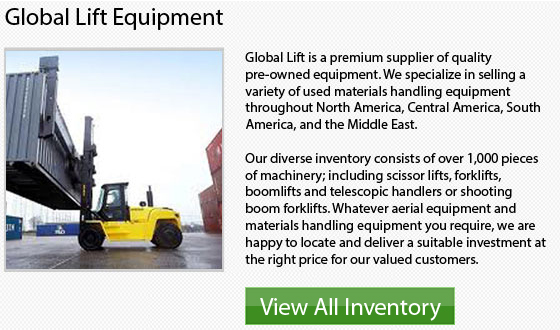
Forklifts are made to lift and carry loads on forks which are situated in the front of the carrier. The forks point away from the equipment's cab. The cargo can sometimes obstruct the operator's field of vision. For this situation, forklifts have rear control steering to enable the model to be driven backwards whilst carrying a load.
The forklift's front wheels bear the burden of the machine's load. There are 2 forks which stick out from the front of the forklift. These forks are capable of being raised and lowered. In addition, the forks are capable of being tilted upwards or downwards as per the requirement.
The lift trucks movements are the result of hydraulic cylinders that apply pressure on the bar that pulls or slackens the roller chains. When a forklift is loaded, the front wheels take on all of the weight. The counterweight on board would balance the forklift's weight. This is extremely important or else the equipment will topple over.
Why use Propane for Forklifts?
Propane forklifts feature on-board tanks that store the propane fuel. These tanks contain enough propane gas to allow the machine to operate around 8 hours. When empty, these tanks can be easily removed and replaced or taken to a facility to be refilled.
It is essential to note that in the case of CNG-powered forklifts, replenishing CNG consumes more time and this time needs to be taken into consideration. Liquid LPG or propane gas engines operate at a lower temperature compared to CNG. In case of electric-powered forklifts, it is essential to allow the batteries time to cool down and afterward to recharge. This procedure can take about 8 to 9 hours. When charged, the batteries last roughly 3 to 6 hours, which depends on the heaviness of the cargo being handled and how the machine is used. For instance, a 33 lb. steel tank could hold roughly 8 gallons of propane; this amount of fuel must be sufficient to finish a task and probably a lot more.
To run on different models, there are numerous different fuel sources and forklifts. It is essential to determine the right type of working environment the machine will be used for. This includes things such as whether the machine will be utilized for specific outdoor or indoor applications. When you take time to know the specifics of your particular requirements, you will be able to pick a forklift which will provide you with maximum effectiveness and accomplish its tasks.